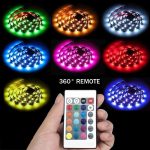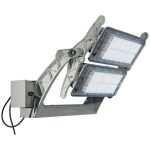DIY Guide: How to Easily Cut and Reconnect LED Light Strips
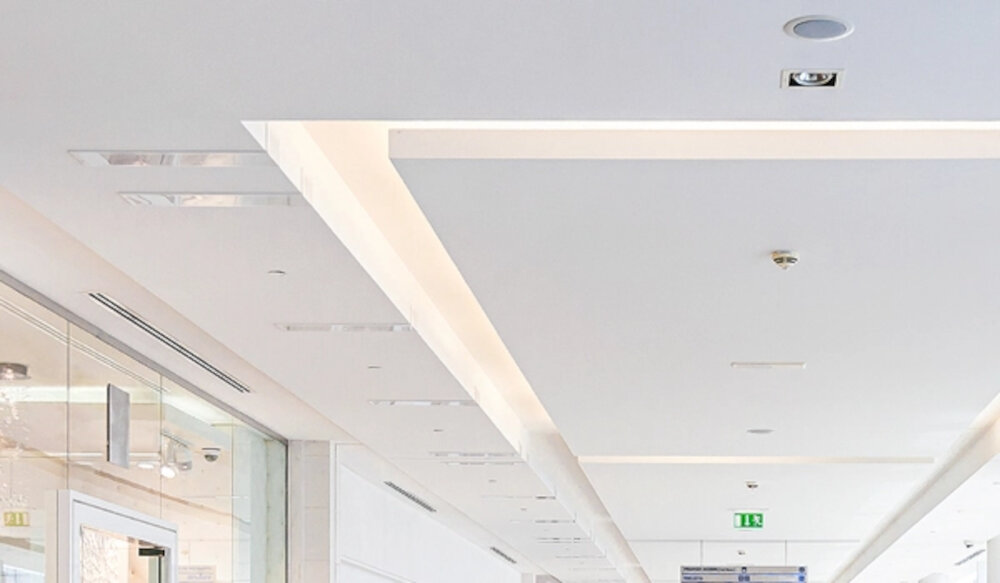
LED light strips have become increasingly popular in recent years, not only for their energy efficiency but also for their versatility in creating a variety of lighting effects. However, when it comes to customizing the length of these strips to fit specific spaces or designs, many people find themselves at a loss. Fear not, as cutting and reconnecting LED light strips is a simple DIY project that can be easily tackled with the right tools and a bit of know-how. In this guide, we will walk you through the steps of cutting and reconnecting LED light strips, from determining the correct length to soldering the connections. With our easy-to-follow instructions and tips, you’ll be able to create your own customized LED light strips that perfectly fit your space and style. Whether you’re looking to add some accent lighting to your home or create a dazzling light show for your next party, this DIY guide has got you covered. So, let’s get started!
LED light strips, also known as LED tape or ribbon, are flexible circuit boards with tiny light-emitting diodes (LEDs) attached to them. They come in various colors, widths, and lengths, and are commonly used in home and commercial lighting projects. LED light strips can be cut to specific lengths and easily installed with adhesive backing or mounting clips. They are energy-efficient, low voltage, and produce less heat compared to traditional lighting sources. LED light strips can be used to create accent lighting, task lighting, and decorative lighting effects in various areas such as under cabinets, in coves, along stairs, and even outdoors. With their versatility and ease of installation, LED light strips are a popular choice for DIY enthusiasts and professional installers alike.
In today’s world, LED light strips have become an essential part of home and office decor. Whether you want to create an ambient environment or need extra lighting for your workspace, LED light strips are the go-to solution. However, installing and customizing them can be a daunting task if you don’t know how to cut and reconnect them. Knowing how to cut and reconnect LED light strips is crucial as it allows you to customize them according to your needs and fit them into any space. It also helps you to save money as you can purchase longer strips and cut them into smaller sizes instead of buying separate pieces. Moreover, it gives you the freedom to choose the color and brightness of the strips, making them a perfect fit for any room or occasion.
Preparing for the Cutting Process

When it comes to cutting and reconnecting LED light strips, proper preparation is key to ensuring a successful outcome. Before beginning the cutting process, it is important to carefully measure and mark the desired length of the strip. This can be done using a ruler or measuring tape and a pencil or marker. It is also important to ensure that the strip is cut at the appropriate location, as cutting in the wrong spot can cause damage to the circuitry and render the strip unusable. Another important consideration when preparing for the cutting process is to ensure that the appropriate tools are available. This will typically include a pair of sharp scissors or wire cutters, as well as a soldering iron and solder. It may also be helpful to have a set of pliers on hand for bending and shaping the strip as needed. Additionally, it is important to work in a well-lit and well-ventilated area, as cutting and soldering can generate heat and fumes that may be harmful if not properly managed. By taking the time to properly prepare for the cutting process, DIY enthusiasts can ensure that their LED light strips are cut and reconnected with precision and care.
When it comes to cutting and reconnecting LED light strips, having the right tools is crucial to ensure a successful DIY project. Firstly, a sharp pair of scissors or a utility knife will be needed to make precise cuts on the LED strip. Additionally, a soldering iron and solder wire are essential for reconnecting the cut pieces of the strip. A wire stripper and electrical tape will also be necessary to properly secure the connections. Finally, a ruler or measuring tape can be used to ensure accurate cuts and proper spacing between LED segments. With these tools on hand, any DIY enthusiast can confidently tackle cutting and reconnecting LED light strips.
Before starting the process of cutting and reconnecting LED light strips, it is crucial to take some necessary safety precautions. Firstly, make sure to turn off the power supply to the LED strip to prevent any electrical shock. Wear protective gloves and eye goggles to avoid any injury while handling the sharp cutting tools. Also, ensure that the cutting area is well-lit, free from clutter, and has a stable surface to prevent any accidents. Never cut the LED strip close to water or any other flammable substance as it can cause a fire. By taking proper safety measures, you can minimize the risk of injury and complete the task efficiently.
Cutting LED Light Strips
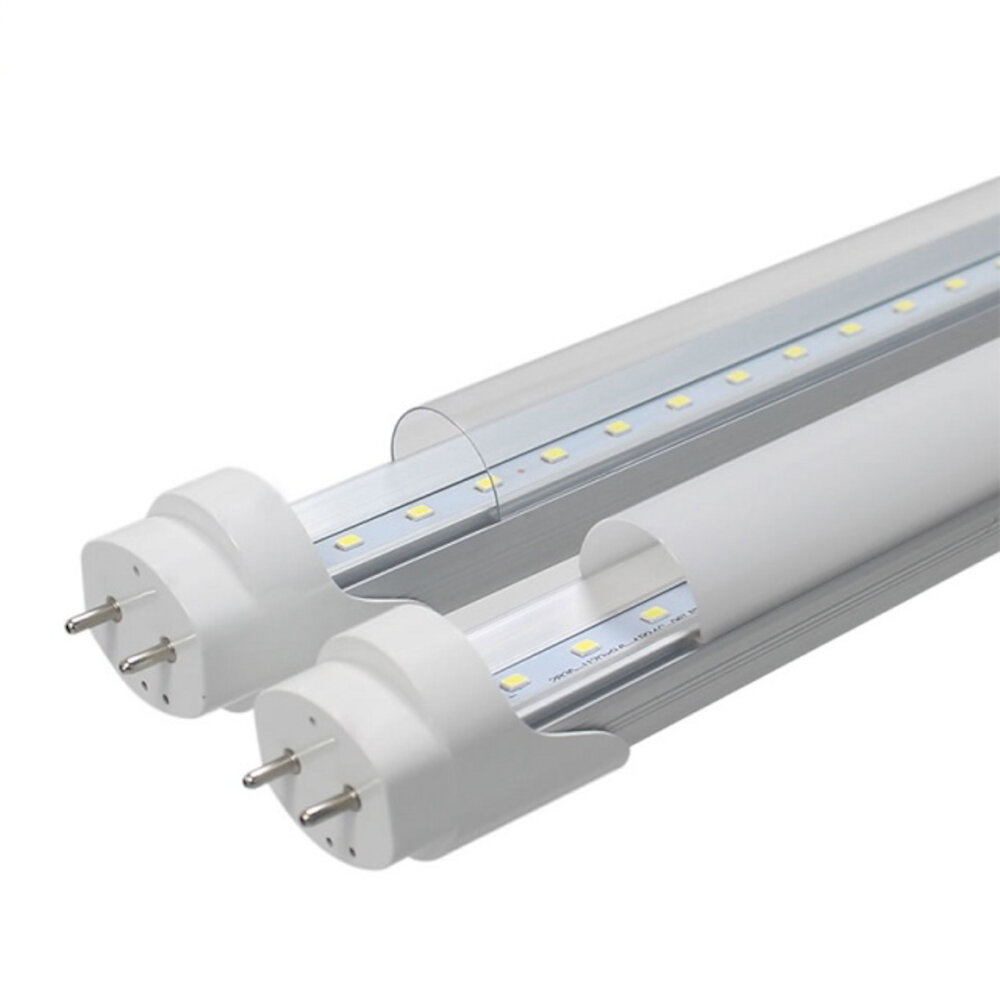
LED light strips are a popular choice for adding a decorative touch to any room in your home. However, often the strips come in longer lengths than what is needed for a specific project, so cutting the LED light strips can be necessary. Cutting LED light strips is a relatively simple process, but it requires some caution and knowledge to avoid damaging the lights. Before making any cuts, it is essential to measure the length of the strip you need accurately. After measuring, mark the strip with a pencil or marker where you want to make the cut. Use sharp scissors or wire cutters to make the cut along the marked line. It is important to make sure that the cut is straight and clean to ensure that the LED lights work correctly. When cutting LED light strips, it is also essential to understand the type of strip you are working with. Some LED light strips are designed to be cut in specific places, while others require cutting only at designated intervals. Understanding the type of LED strip you have will help you determine where to cut and avoid damaging any of the lights. Additionally, it is crucial to be mindful of the electrical connections when cutting LED light strips. Cutting the strip in the wrong place can lead to damage to the electrical components, rendering the strip unusable. Always double-check the cut location before making any incisions to ensure a successful project.
Cutting LED light strips to the desired length can be a daunting task for those unfamiliar with it. However, with a few simple steps, it can be done with ease. Firstly, measure the length of the LED strip required and make sure it is cut in a straight line, using sharp scissors or a knife. Then, locate the designated cut points on the strip, which are usually marked by a scissor symbol. Cut through the copper contacts, making sure the cut is clean and straight. Finally, to reconnect the LED strip, use a wire connector or soldering iron to rejoin the copper contacts, ensuring the polarity is correct. With these simple steps, you can easily cut and reconnect LED light strips to suit your needs.
To avoid damaging the LED light strip during the cutting process, it is essential to use sharp and precise cutting tools such as a pair of scissors or a sharp knife. Before cutting, ensure that the strip is properly aligned and marked at the intended cutting point. Cut slowly and carefully, making sure not to damage the copper contacts, which are essential for reconnecting the strip. Additionally, avoid bending or twisting the strip while cutting, as this can lead to permanent damage. After cutting, ensure that the cut ends are clean and free of debris to ensure proper connectivity when reconnecting the strip. By following these tips, you can avoid damaging the LED light strip during the cutting process and ensure that it works perfectly.
Reconnecting LED Light Strips

LED light strips have become a popular way to add a colorful and vibrant lighting effect to any space. However, one common issue that arises with LED light strips is the need to reconnect them after they’ve been cut to size. Fortunately, reconnecting LED light strips is a relatively simple process that can be completed by anyone with basic electrical knowledge and a few essential tools. To reconnect LED light strips, the first step is to identify the positive and negative wires of both the strip and the connector. Once identified, the wires must be carefully stripped to expose the copper wiring underneath. With the wiring exposed, the next step is to connect the positive and negative wires of the strip to the corresponding wires of the connector using a soldering iron or wire nuts. After the wires are connected, the joint should be wrapped with electrical tape or heat shrink tubing to provide additional protection and insulation. With these steps completed, the LED light strip should be fully reconnected and ready to use once again.
If you’ve accidentally cut your LED light strips and need to reconnect them, there’s no need to panic! The process is relatively simple and requires only a few basic tools. Firstly, make sure you have the right type of LED strip wire connectors for your specific lights. Next, carefully strip the wires on both ends of the cut strip, exposing the copper wires. Then, insert the exposed wires into the corresponding slots on the connector and use pliers to press down the metal clamps, securing the wires in place. Finally, plug in the connector to the power source and test the lights to ensure they’re working properly. With these easy steps, you can quickly and easily reconnect your LED light strips and continue to enjoy their beautiful illumination.
There are various methods to reconnect LED light strips depending on the type of strip you have. For instance, if you have a single-color strip, you can easily reconnect it by using a soldering iron to connect the wires. On the other hand, if you have a multi-color strip with separate RGB wires, you may need to use a connector or a solderless clamp to ensure a secure connection. Additionally, some LED light strips come with pre-installed connectors that can be easily plugged in and out, making the reconnection process much simpler. No matter what type of LED light strip you have, it’s important to ensure that you follow the manufacturer’s instructions carefully to avoid damaging the strip or causing a safety hazard.
Troubleshooting Common Issues
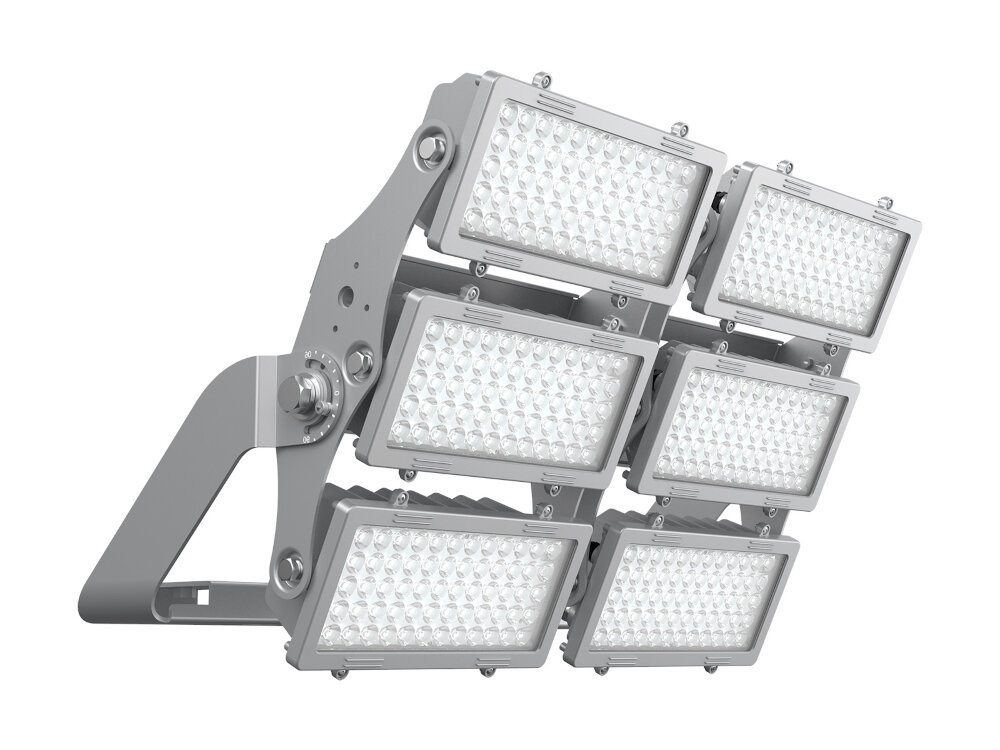
When it comes to cutting and reconnecting LED light strips, it’s important to keep in mind that some common issues may arise during the process. One of the most common problems is the incorrect cutting of the strip, which can cause the loss of connection between the LED chips. To avoid this issue, it’s crucial to measure the strip carefully before cutting it and use a sharp pair of scissors or a cutting tool specifically designed for LED strips. Another common issue that can occur is the mismatched polarity of the connectors, which can lead to the failure of the LED strip. To avoid this problem, it’s important to double-check the polarity of the connectors before reattaching them. The positive and negative terminals should match on both ends of the connector, and a multimeter can be used to test the polarity if necessary. In addition, it’s crucial to make sure that the connectors are securely attached and that there is no loose wiring, as this can also cause connectivity issues. By carefully troubleshooting these common issues, it’s possible to easily cut and reconnect LED light strips and enjoy their benefits in any space.
When cutting and reconnecting LED light strips, there are a number of common issues one may encounter. One issue is incorrect sizing, where the strip is cut too short or too long for the intended space. Another issue is poor connectivity, where the strip fails to light up or flickers due to a loose connection. Additionally, incorrect polarity can lead to non-functioning strips, as well as damage to the strip or the power source. It is also common to encounter difficulties when reconnecting cut strips, such as difficulty aligning the two sections or difficulty securing the connection. Proper tools, careful planning, and attention to detail can help avoid these common issues and ensure a successful LED light strip project.
LED light strips are a popular choice for home decoration, but they can sometimes present issues that require a bit of troubleshooting. If your LED light strip isn’t working, start by checking the power supply and making sure it’s properly connected. If the strip isn’t producing the desired brightness, try adjusting the voltage or adding additional LED lights to the strip. If you need to cut and reconnect the strip, make sure you have the proper tools and follow the manufacturer’s instructions carefully. Additionally, consider using soldering tape or connectors to ensure a strong connection. With a bit of patience and attention to detail, you can easily fix any issues with your LED light strips and enjoy the perfect ambiance in your home.
Knowing how to cut and reconnect LED light strips is an essential DIY skill that can save you money and time. Whether you are looking to customize your lighting fixtures, reduce the length of your LED strips, or modify the lighting patterns of your home, having the knowledge to manipulate your LED strips can come in handy. Additionally, being able to cut and reconnect LED light strips also allows you to create unique designs and shapes and to install your strips on challenging surfaces. By learning how to cut and reconnect LED light strips, you can unleash your creativity and bring your lighting ideas to life.
In conclusion, cutting and reconnecting LED light strips can be a fun and exciting DIY project, but it requires precision and patience. Before starting the process, make sure to read the instructions thoroughly and have all the necessary tools and materials at hand. Take your time and measure twice before making any cuts to avoid mistakes. When reconnecting the strips, make sure to match the positive and negative wires correctly and use a soldering iron to attach them securely. Finally, test the connections and ensure that everything works properly before installing the LED strip lights. With these tips and advice, you can successfully complete the process and add beautiful and functional lighting to your home or workspace.
Conclusion
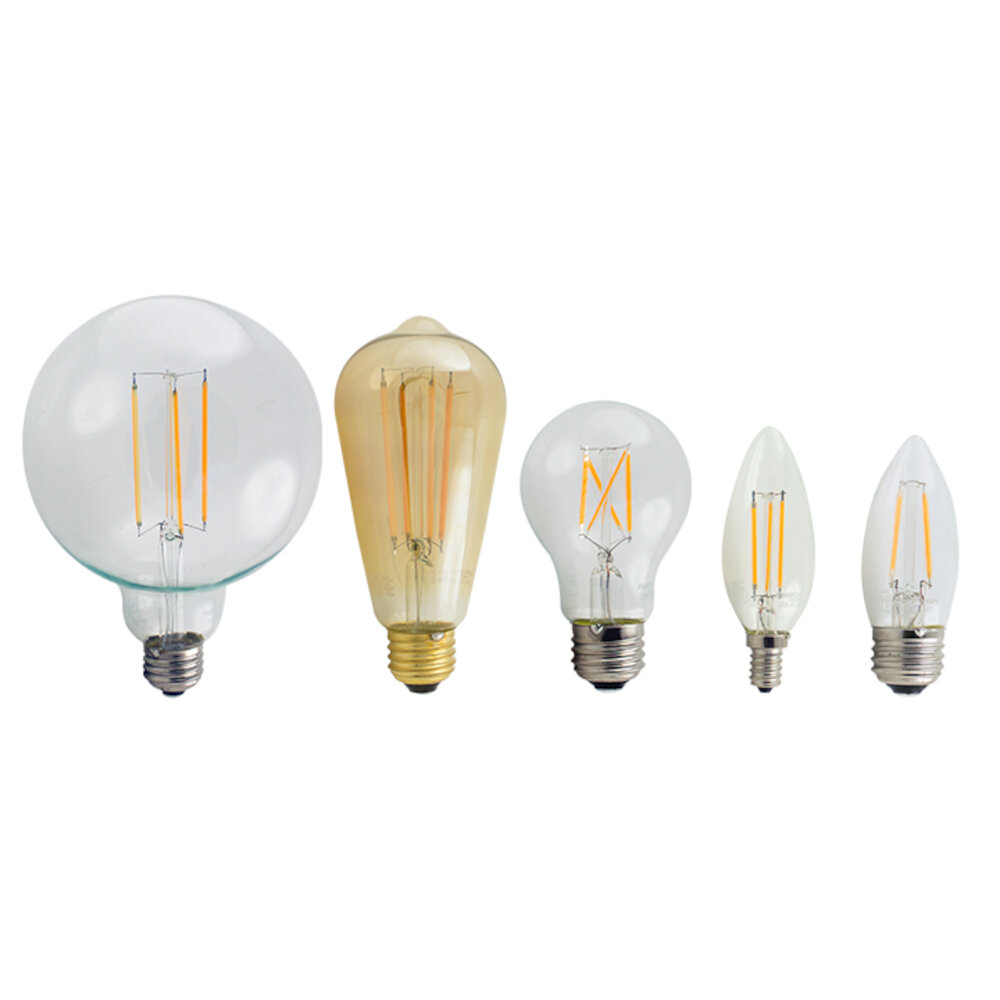
In conclusion, cutting and reconnecting LED light strips is a simple and accessible DIY project that can add a unique touch to any space. With the right tools and techniques, anyone can successfully modify their LED light strips to suit their needs and preferences. Whether you want to create a customized lighting design or simply need to adjust the length of your existing strips, the step-by-step guide provided in this article should serve as a helpful resource. By taking the time to carefully measure, cut, and reconnect your LED light strips, you can achieve a professional-looking finish that will enhance your home or workspace for years to come. So why not give it a try and see what creative possibilities await you?

